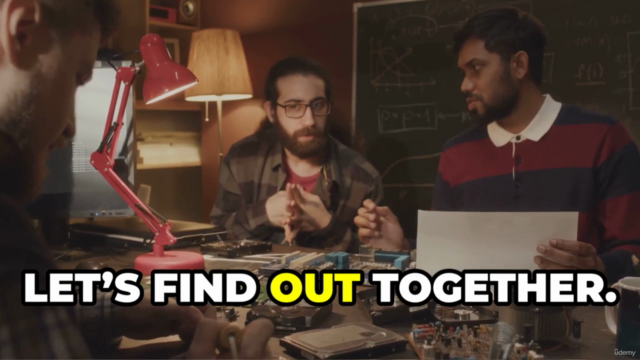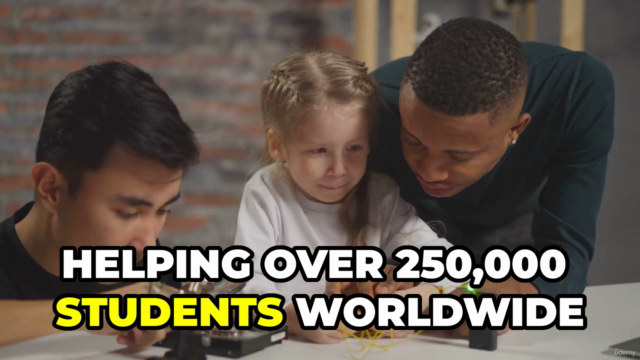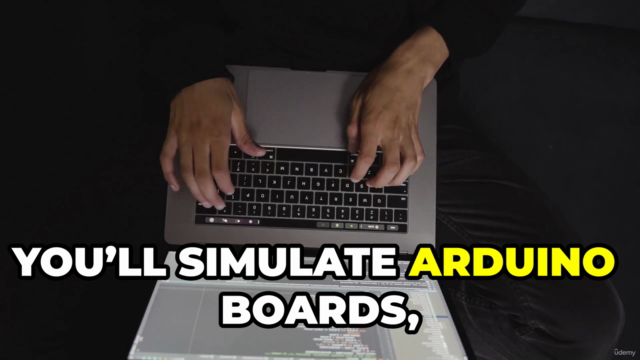Learn Arduino in this 30 Days Challenge: From Zero to Hero

Why take this course?
¡Hola! It seems you're interested in learning about various projects that can be completed using an Arduino board, such as creating an alarm clock with a real-time clock (RTC) module, designing a wireless power transmission device, and controlling an RGB LED lamp via Bluetooth. These are all exciting projects that can not only enhance your understanding of electronics and programming but also serve practical purposes or simply be a source of enjoyment and innovation.
Here's a brief overview of how you can approach each project:
-
Arduino Alarm Clock with RTC Module:
- You'll need an RTC module (like the DS3231) to keep track of time and date.
- Connect the RTC module to your Arduino, ensuring you provide the necessary voltage and connect the I2C pins.
- Write a program that reads the current time from the RTC and checks if it matches the set alarm time. If it does, trigger an action, such as sounding an alarm.
- Use an LCD or LED display to show the time and date.
-
Arduino Wireless Power Transmission Project:
- This project involves creating two coils (transmitter and receiver).
- You'll need to understand the principles of electromagnetic induction and how it can be used for wireless power transmission.
- Connect your Arduino to control the transmitter coil, modulating the voltage to send a signal across the air gap.
- The receiver coil will pick up this signal and rectify it to power a load, like an LED or a small motor.
-
Arduino Controlled RGB LED Lamp via Bluetooth:
- Use an HC-05/HC-06 Bluetooth module to communicate between your smartphone (running a custom app) and the Arduino.
- Connect the RGB LED lamp to the Arduino, controlling it with PWM signals from three separate channels (one for each color).
- Program the Arduino to read commands from the Bluetooth module and adjust the brightness and color of the RGB LED accordingly.
- Develop a simple app or use an existing one to send commands from your smartphone to the Arduino, changing the LED colors in real-time.
For each project, you'll need to follow a series of steps that include:
- Understanding the components and their functions.
- Connecting the electronic components to the Arduino board.
- Writing and uploading code to the Arduino.
- Debugging and troubleshooting any issues that arise.
- Testing the project to ensure it works as intended.
If you're a complete beginner, start with simple projects and gradually move on to more complex ones as you become comfortable with the basics of electronics and programming. Online resources like tutorials, forums, and courses can provide valuable guidance and support throughout your learning journey.
Remember that patience and persistence are key when working with microcontrollers and electronics. Don't be discouraged by initial difficulties; they're a natural part of the learning process. Happy experimenting!
Course Gallery




Loading charts...